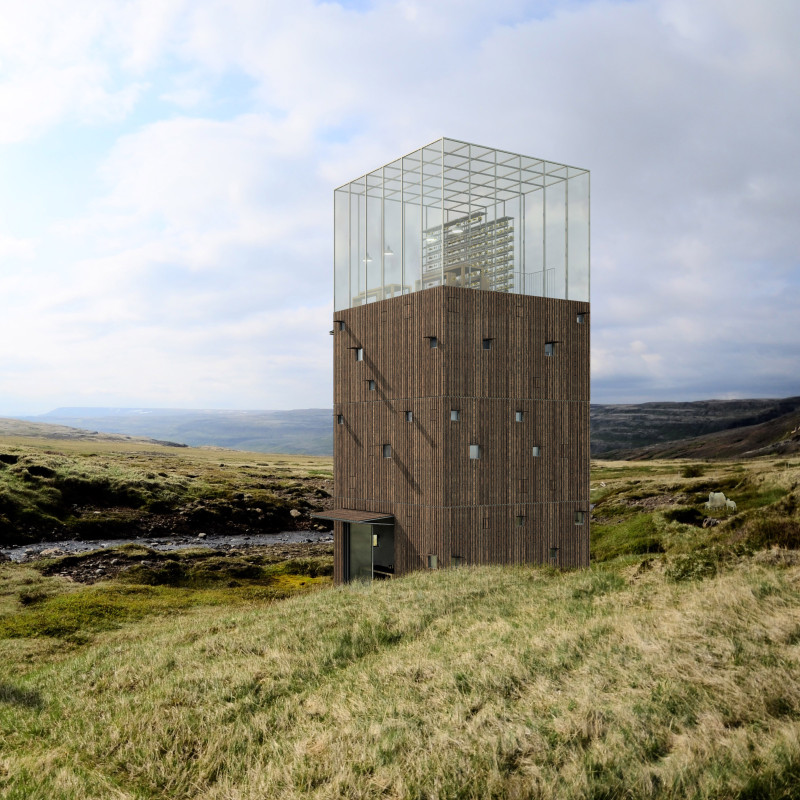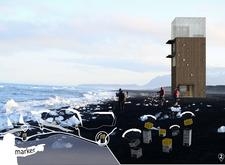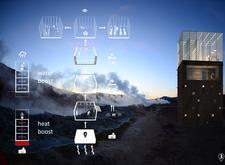5 key facts about this project
At the heart of the design is a clear representation of modern architectural principles, where the structure not only fulfills its functions but also engages with its environment in a meaningful way. The project is designed to accommodate [insert primary function, e.g., residential, commercial, mixed-use], providing spaces that foster interaction, productivity, and well-being. Through its careful planning and layout, the design strategically balances public and private areas, ensuring that each space serves its intended purpose while promoting a sense of community.
Key elements of the project include a central atrium that acts as a focal point, encouraging natural light to permeate the interior spaces. This atrium serves as both a circulation hub and a gathering area, facilitating movement while creating opportunities for social interaction. Surrounding this core space are various functional zones, each meticulously designed with specific user requirements in mind. The layout ensures efficiency, with easily navigable pathways connecting different parts of the building, enhancing the overall user experience.
The materiality of the project is equally significant. A thoughtful selection of materials contributes to both the aesthetic appeal and sustainability of the design. The use of concrete establishes a robust foundation, while strategically placed windows and glass façade elements allow for transparency, blurring the boundaries between interior and exterior. The incorporation of natural materials, such as wood, adds warmth to the environment, providing a contrast to the more industrial elements. This combination of materials not only reinforces the architectural narrative but also promotes energy efficiency, reflecting a commitment to sustainability that is increasingly relevant in today’s design context.
Unique design approaches are evident throughout the project, particularly in how the building responds to its site. The orientation of the structure has been carefully considered to maximize sunlight exposure and reduce energy consumption. Green roofs and landscaped terraces provide valuable outdoor space while contributing to biodiversity, promoting environmental stewardship. Additionally, innovative water management systems have been integrated into the design, further anchoring the project’s commitment to sustainability.
Accessibility and inclusivity are core principles that guide this architectural endeavor. Wide corridors and thoughtfully designed entrances ensure that the building can accommodate individuals of all abilities, reinforcing the notion that architecture should be welcoming and functional for everyone. The interplay of indoor and outdoor spaces extends this idea further, with external terraces and communal areas creating environments where users can interact with nature and each other.
As the project evolves, it continues to represent an architectural response to the demands of modern urban life, harmonizing aesthetic appeal with social responsibility. Those interested in exploring the multifaceted aspects of this design are encouraged to delve deeper into the architectural plans, architectural sections, and architectural ideas that underpin this project. By examining these elements in detail, readers can gain a fuller understanding of the thought processes and design philosophies that have shaped this compelling architectural work.


























